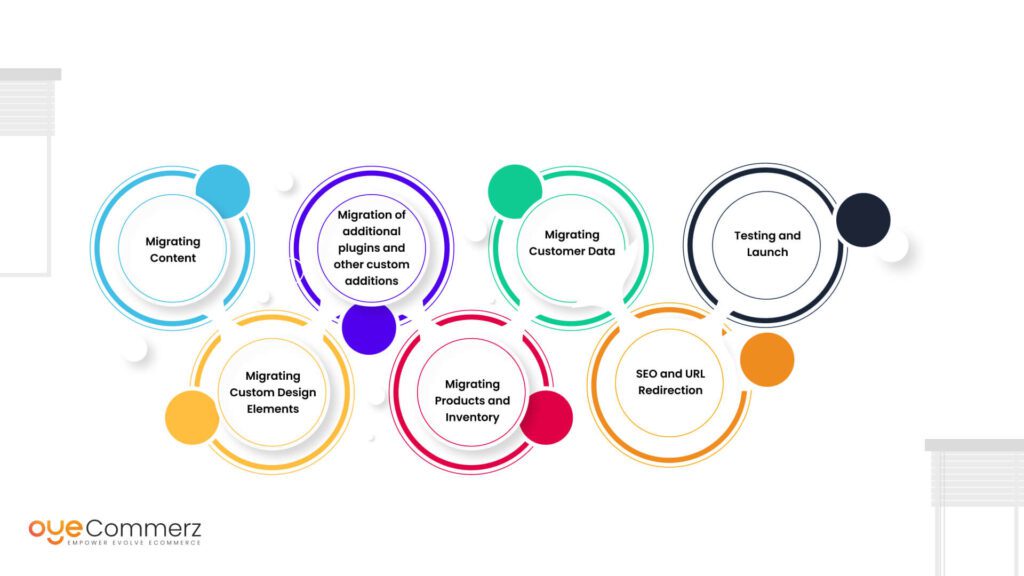In the constantly changing world of online retail, choosing the optimal system is vital for your business's growth. If you’re currently using WP and planning a migration to an alternative, you’re not the only one. Countless businesses are shifting to utilize Shopify’s powerful capabilities, simplicity, and expandability. This guide will walk you through the journey of migrating from WordPress to Shopify effortlessly, guaranteeing that you unlock your online retail potential.
Why Switch from WP to Shopify?
Before diving into the migration journey, it’s crucial to understand why this shift can be beneficial for your digital storefront:
User-Friendly Interface: Shopify features an user-friendly dashboard that makes easier store management, allowing for non-technical users.
Scalability: As your business expands, Shopify can support increased traffic and sales without affecting speed.
All-in-One Solutions: Shopify provides built-in features for search engine optimization, analytics, payment handling, and much more, reducing the need for several plugins.
Enhanced Security: With Shopify, you utilize strong security features that protect critical customer information.
Steps for a Seamless Migration
Migrating your eCommerce site from WordPress to Shopify includes multiple steps.
Here’s the way to ensure a smooth transition:
Outline Your Migration Strategy
Kick-off by drafting your migration plan. Decide on which aspects of your current site you want to transfer, such as:
Item details
Customer information
Purchase logs
Blog content
Choose the Right Migration Solution
Based on your requirements, opt for a migration plan that suits your eCommerce goals. Migration experts provides several options:
Basic Migration Package: Perfect for boutique stores with minimal products.
Mid-Tier Plan: Recommended for mid-range businesses with more complex needs.
Premium Migration Package: Best for big stores demanding custom customization.
Secure Your Information
Prior to initiating the migration, make sure that you have a comprehensive archive of your WordPress site. This step is crucial in situations where anything goes awry during the migration.
Retrieve Your Information from WordPress
Use tools or alternative solutions to extract essential information from your WordPress site:
Inventory
Clients
Sales records
Articles
Import Content into Shopify
Once you have your data exported, use Shopify’s built-in features Shopify platform setup or third-party apps to upload your data into your Shopify store. Ensure that all content is correctly formatted and arranged.
Personalize Your Shopify Platform
Once importing information, adjust your Shopify store’s layout to reflect with your style. Consider working with a developer if you need advanced customization.
Configure Payment Gateways and Delivery Settings
Configure transaction methods and logistics options in Shopify to ensure a smooth checkout experience for customers.
Adopt SEO Best Practices
To maintain your online visibility during the transition:
Set up 301 link updates from existing URLs to updated ones.
Refresh metadata.
Optimize visual content and content for better ranking.
Review Your Migrated Shop
Ahead of going live, thoroughly review your Shopify site. Check for any errors, checkout failures, or incomplete files.
Go Live Your Store
After everything is in place, it’s the moment to launch! Inform the update to your clients and motivate them to explore the updated capabilities of your Shopify store.
Post-Migration Support
Following publishing your new store, continued assistance is key. Explore partnering with service providers who can guide with:
Site maintenance
Marketing strategies
Performance optimization
Conclusion
Migrating from WP to this platform can be a crucial move for your eCommerce. By following this guide Shopify SEO optimization tips and working with experts like those offered by industry leaders, you can ensure a seamless transition that boosts your digital storefront. Accept the opportunity and discover the advantages of Shopify today!
